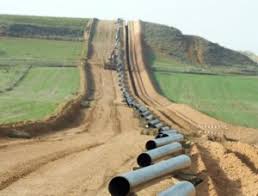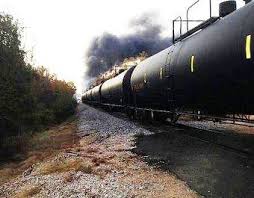
The International Energy Agency is predicting if delays for pipeline approvals continue in the U.S. and Canada continues pumping more oil from tarsands, there could be reductions in export capacity.
The IEA came out with its annual five-year oil forecast on Monday and warned the Canadian oil pipeline constraints are part of a wider capacity crisis developing in North America.
One of those delays is the Keystone XL pipeline that is being vigorously fought in Nebraska. It might not be in operation until 2021.
“Colossal growth in North American supply from 2018 to 2023 raises the crucial question of whether there is enough pipeline capacity to transport and sell all of that oil,” stated the agency “If sufficient capacity is not built, the increase in production we foresee could be at risk, with serious implications for global markets.”
The Paris-based agency said Canada will likely be among the countries leading growth in oil output in the next few years. Canada’s oil output could reach overall production of 5.6 million barrels a day by 2023 compared to the 4.8 million bpd this year.
But the increased production could hit major stumbling blocks.
“During 2018-19, West Texas and West Canada are likely to face shortages in midstream capacity brought about by a rapid production increase,” the IEA said. “The situation will be much more severe in Canada than West Texas as legal delays mean capacity is unlikely to increase before the end of 2019.
The agency indicated Canada’s increased capacity could be affected by Enbridge Inc.’s Line 3 replacement between Hardisty,Alberta and Superior, Wisconsin. Minnesota has yet to approve the project. Add that opposition and slow movement onto the delay of the Keystone XL pipeline.

The alternative? Shipping oil by rail.
“Crude by rail exports are likely to enjoy a renaissance, growing from their current 150,000 bpd to an implied 250,000 bpd on average in 2018 and to 390,000 bpd in 2019. At their peak in 2019, rail exports of crude oil could be as high as 590,000 bpd – though this calculation assumes producers do not resort to crude storage in peak months,” the IEA said.
“Oil demand growth in the next five years rests on solid outlook for the global economy,” said the IEA. “While there is no peak oil demand in sight, the pace of growth will slow down to 1 million bpd by 2023 after expanding by 1.4 million bpd in 2018.”






